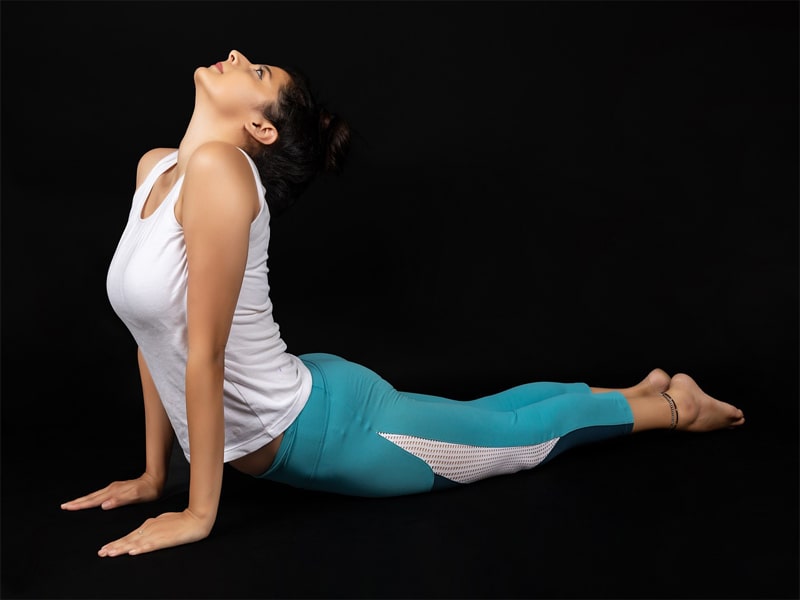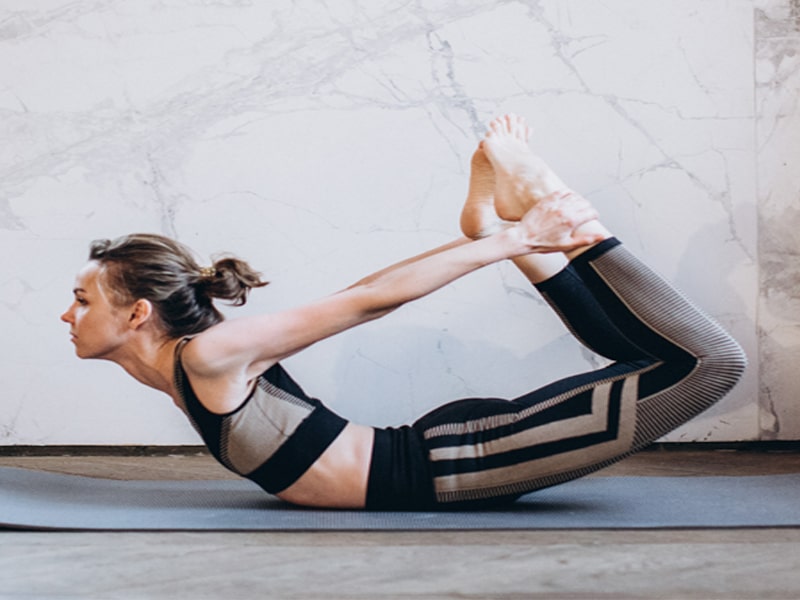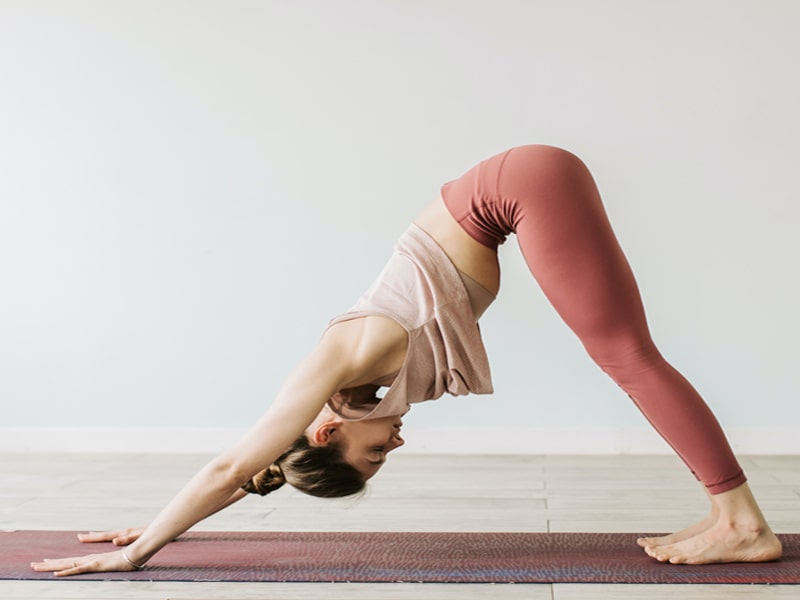Introduction to Hala Asana
Hala Asana, also known as Plow Pose, is a deep forward bend that is practiced in Hatha Yoga. This posture provides numerous physical and mental benefits, making it a popular choice among yogis and fitness enthusiasts alike. In this article, we’ll explore the definition of Hala Asana, its historical background, the benefits of practicing the pose, step-by-step instructions for performing it correctly, precautions and modifications, and frequently asked questions.
Definition of Hala Asana
Hala Asana is a forward bend that is performed lying down on your back, with your legs and feet lifted up towards the sky, and your hands supporting your lower back. The word “hala” is Sanskrit for “plow,” which refers to the way the body resembles a plow breaking through the earth. This pose is also sometimes called Halasana, which is the anglicized version of the word.
Also Read :- Dhanur Asana – A Comprehensive Guide
Historical background
Yoga has been practiced for thousands of years and has its roots in ancient India. The exact origin of Hala Asana is not known, but it is thought to have been developed as a way to counteract the effects of sitting for long periods of time. In the traditional Indian lifestyle, people spent much of their day seated on the ground, performing manual labor or meditation. As a result, they developed strong and flexible backs, but their legs and hips were often stiff and weak. Hala Asana was designed to stretch and strengthen these neglected areas.
Benefits of practicing Hala Asana
There are many benefits to practicing Hala Asana, including :-
Improved digestion :– Hala Asana massages the digestive organs, which can help to stimulate the digestive system and improve the elimination of waste.
Stretches the neck, spine, and hips :- This pose provides a deep stretch to the neck, spine, and hips, which can help to relieve tension and increase flexibility in these areas.
Strengthens the back and legs :- Hala Asana requires the use of the back and legs, which can help to build strength in these areas over time.
Increases circulation :- The pose helps to increase blood flow to the neck, spine, and hips, which can help to relieve pain and improve overall health.
Calms the mind :- The deep stretch provided by Hala Asana can help to calm the mind and relieve stress, making it an excellent choice for winding down at the end of a long day.
Also Read :- 12 Best Yoga Mats To Buy Online in Indian Market
Step-by-step instructions for performing Hala Asana
Here are the steps to performing Hala Asana :-
-
Begin by lying down on your back with your legs straight and your arms at your sides.
-
Inhale and raise your legs up towards the sky, keeping them straight.
-
Use your hands to support your lower back, and exhale as you bring your legs over your head.
-
Continue to breathe deeply as you hold the pose for several breaths.
-
To release the pose, slowly lower your legs back to the ground, using your hands to support your lower back as needed.
Precautions and modifications
As with any yoga pose, it’s important to listen to your body and avoid pushing yourself too far. Here are a few precautions and modifications to keep in mind when practicing Hala Asana :-
Neck injury :- If you have a neck injury, it’s best to avoid this pose or modify it by using a folded blanket or block under your neck for support.
High blood pressure :- If you have high blood pressure, it’s important to avoid any inversions like Hala Asana, as they can increase pressure on the head and neck.
Shoulder injury :- If you have a shoulder injury, it’s best to avoid this pose or modify it by keeping your arms at your sides instead of supporting your lower back.
Pregnancy :- This pose should be avoided during pregnancy, as it can put pressure on the uterus.
Frequently asked questions about Hala Asana
Q. Is Hala Asana suitable for beginners?
Answer :- While Hala Asana is a relatively advanced pose, it can be modified for beginners. If you’re new to yoga, it’s best to start with easier poses and build up to Hala Asana over time.
Q. How often should I practice Hala Asana?
Answer :- It’s recommended to practice Hala Asana once or twice a week, or as often as your body allows. It’s important to listen to your body and avoid overdoing it, as this can lead to injury.
Q. How long should I hold Hala Asana for?
Answer :- It’s recommended to hold Hala Asana for 5 to 10 deep breaths, or as long as you feel comfortable. As you build strength and flexibility, you can gradually increase the amount of time you hold the pose.
Conclusion
Hala Asana is a powerful pose that provides numerous physical and mental benefits. By stretching the neck, spine, and hips, it helps to relieve tension and increase flexibility in these areas. At the same time, it strengthens the back and legs and improves digestion. While it is a relatively advanced pose, it can be modified for beginners and is a great choice for those looking to build balance and strength in their yoga practice.



